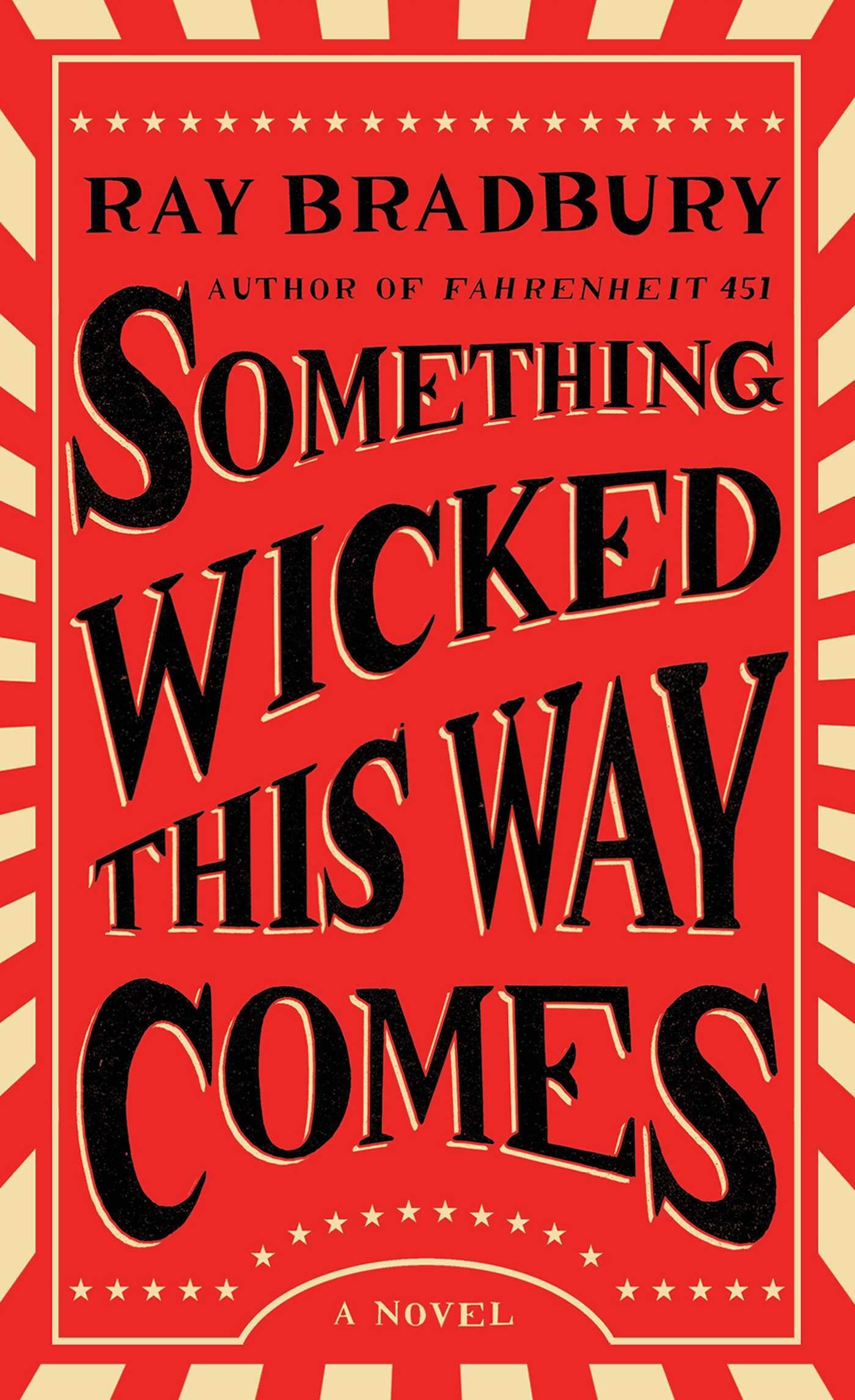Ray Bradbury Centennial post August 22, 2020 [final post in series]
/Final Daily Ray Bradbury Centennial post. This is the last of the posts in the centennial month of Ray Bradbury’s birth, August 22, 1920. I was happy to see that Simon & Schuster, the BBC Radio 4, and Otrcat all made notice of the day. I did not see anything from Penguin Random House or HarperCollins, his other major publishers. Whatever stresses in publishing or neglect Bradbury may undergo as a writer, though, he will survive. He worked hard and long at getting it right, the cliché of what it means to be human and what it costs and what blessings it may bring. In writing these daily posts for a month, all archived on the store’s website blog, I have discovered a tighter and better organic unity to his works. I have a better discernment for his control of his style in particular works. I have a renewed head-shaking wonder at the power he coursed into my own life as a reader and writer and bookseller. All of these among other lessons, of course. A hundred years since his birth, eight years since his death, Bradbury and his writing still teach, thrill, and inspire. Here is a picture of the world-changer at 3 years old, already a witness to those fire balloons that he wept in their beauty and which he wrote in their meaning. Tomorrow, another centennial begins.



